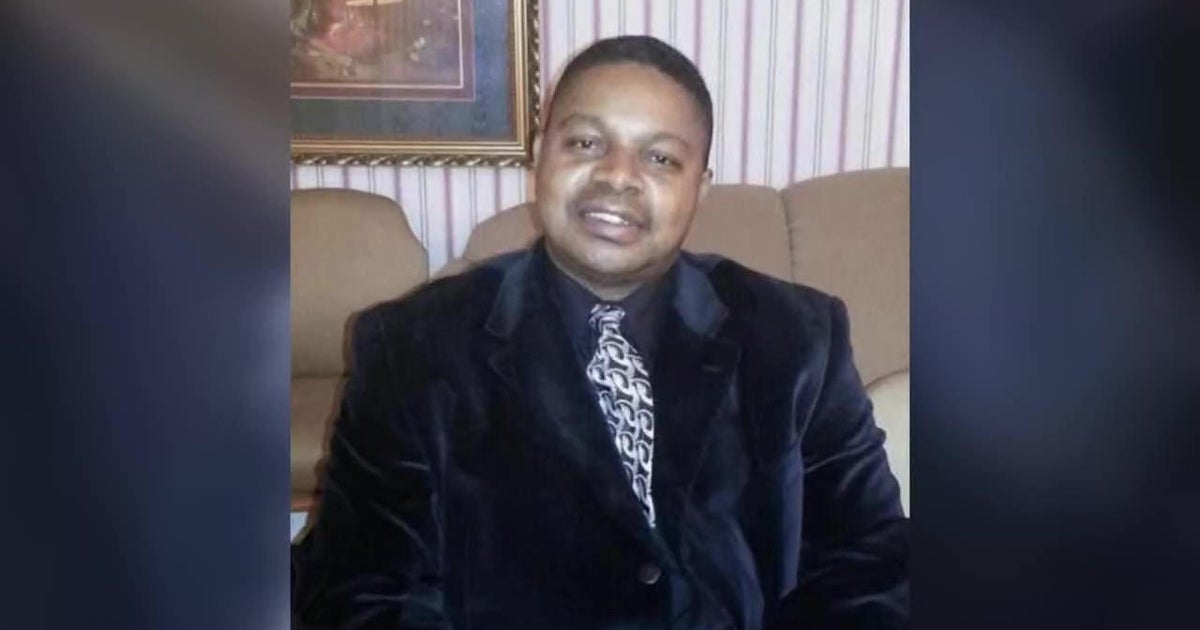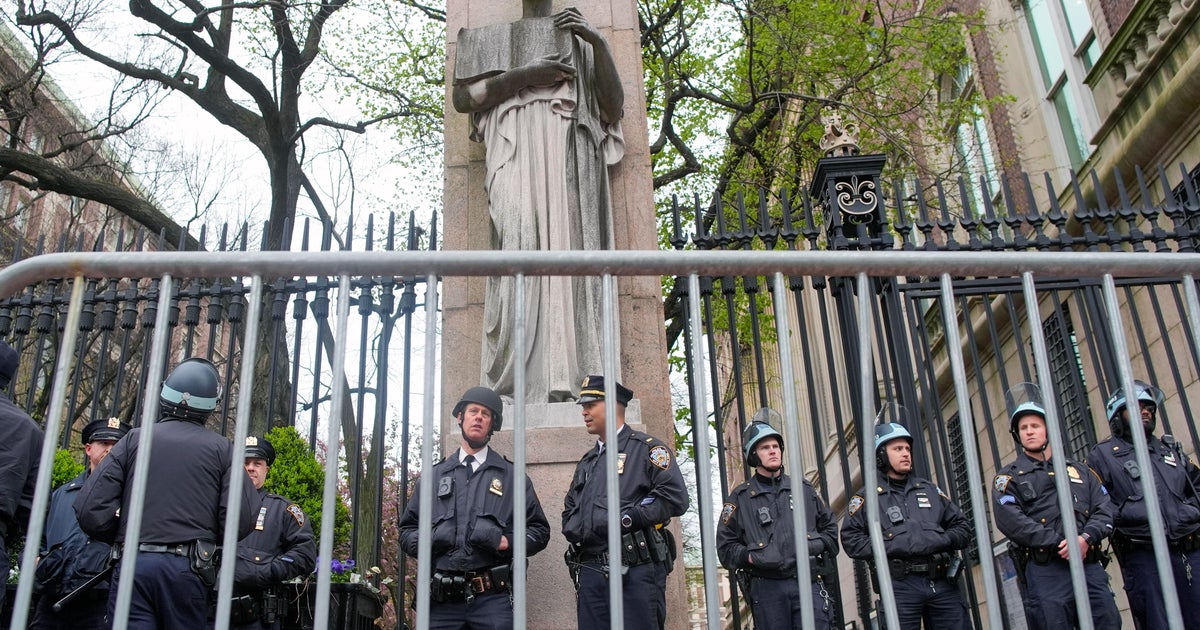HealthWatch: A-Fib
NEW YORK (CBS 2) -- There's a little known heart condition that has affected people from presidents to professional athletes and can cause everything from extreme fatigue to strokes. While many patients can be helped with medication, others need more.
As CBS 2's Dr. Max Gomez reports, there's an electrical procedure that is giving many heart patients their lives back.
The condition is atrial fibrillation, or A-Fib for short. Its affected President George Bush, Vice Presidents Cheney and Biden and even Hakeem Olajuwon of the Houston Rockets.
There are many causes for A-Fib, from heart surgery to thyroid problems, but mostly the cause is unknown.
Phyllis Schaer has always been an active person, from kayaking to acting as general contractor for her vacation home, until she had an attack of A-Fib about 12 years ago.
"And boom, like about 2 in the morning I suddenly woke up and my heart was pounding and racing as if I had the worst fright and had been running 20 blocks," said Schaer.
Over the next decade, Phyllis' A-Fib attacks increased to where they were happening every other week, with devastating results.
"The next day I'd be like just exhausted. It just felt like you were a wrung out dish rag. And then the episodes were lasting longer from a half an hour to two hours, they were be coming 10-12 hours" said Schaer.
Electrical jolts to shock her heart back to a normal rhythm didn't work for long and medications left her almost as tired as an A-Fib attack. Her doctor was concerned because of what A-Fib can lead to.
"Atrial fibrillation increases the risk of stroke. About 15-percent of all strokes arise from atrial fibrillation. And lastly, because the heartbeat is very quick and irregular, atrial fibrillation can aggrivate heart malfuction and cause heart failure," said Dr. Jonathan Steinberg of St. Luke's Roosevelt Hospital.
That's why Phyllis came to Dr. Steinberg for what has become a standard of care for resistant cases of A-Fib. It's called an electrophysiological abalation - doctor talk for burning away the tissue in the heart that triggers A-Fib.
It's all done via catheters threaded through veins and into the heart.
Electrical mapping finds the abnormal tissue and then a special series of electrodes uses radio frequency to destroy it.
"It has now been performed in tens of thousands of patents for perhaps a dozen years. These kinds of ablations in the appropriately selected patient can eliminate the arrhythmia in around 80-percent of patients," Steinberg said.
It took two ablations to do the trick for Phyllis, but now, she says: "I feel great. So you know, to me it's a blessing. And I really do think its a medical miracle."
Now how is it that A-Fib in the heart can cause a stroke in the brain? A-Fib is when the upper chambers of the heart don't really contract. Instead they try to beat so fast all they do is sort of quiver. That means blood in the atria doesn't move very well and stagnant blood tends to clot.
If a clot breaks off and travels to the brain, that's a stroke. That's why many A-Fib patinets are on anti-coagulants like coumadin.
Now no one is saying that this ablation should be your first treatment for A-Fib but it's now moved from experimental to an accepted treatment for A-Fib that doesn't respond to drugs or when drugs cause too may side effects.
But the procedure is not simple so it's important to find a cardiologist who specializes in this.



